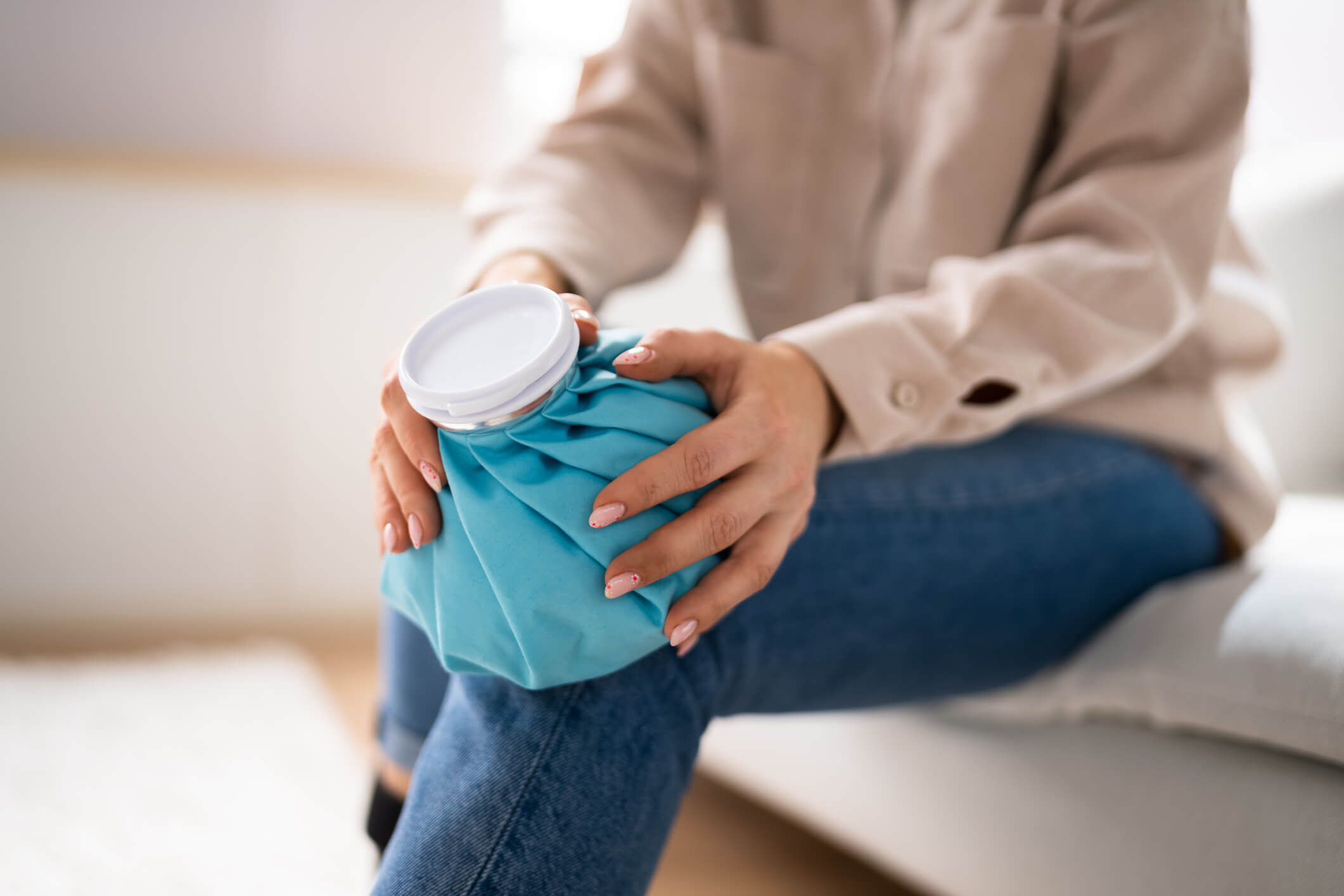
Cryotherapy (Cold Therapy)
At Pramukh Advance Physiotherapy Center, we offer safe and effective Cryotherapy (Cold Therapy) as part of our comprehensive physiotherapy treatments. Whether you're recovering from an injury, managing inflammation, or looking to reduce pain, cryotherapy can offer quick and lasting relief.
What is Cryotherapy?
Cryotherapy, also known as Cold Therapy, involves applying cold temperatures to affected areas of the body to reduce swelling, inflammation, and pain. It’s one of the oldest and most trusted therapeutic techniques used in physical rehabilitation.
This non-invasive therapy is especially helpful in the early stages of injury or for post-exercise recovery, and it is often used in combination with other physiotherapy modalities for optimal results.
How Cryotherapy Works
Cold therapy works by constricting blood vessels, which helps to:
- Reduce blood flow to the affected area
- Minimize swelling and inflammation
- Numb nerve endings to reduce pain
- Slow down cellular metabolism to prevent further tissue damage
- Promote quicker recovery after exertion or injury
At Pramukh, we offer different forms of cryotherapy including ice packs, cold compresses, ice massage, and controlled cold therapy units, depending on your condition and treatment plan.
Conditions Treated with Cryotherapy
Cryotherapy at Pramukh Advance Physiotherapy Center is effective for a range of conditions, including:
- Acute injuries (sprains, strains, contusions)
- Muscle soreness and post-exercise recovery
- Joint pain (knee, shoulder, ankle, etc.)
- Swelling and inflammation
- Tendinitis and bursitis
- Post-surgical pain and swelling
- Sports injuries
- Arthritis-related flare-ups
Free ask question?
Cryotherapy might feel intensely cold, but it should not be painful. You may feel numbness, tingling, or tightness during treatment, which usually goes away shortly after.
- Local cryotherapy: Usually 10–20 minutes
- Whole-body cryotherapy: 2–4 minutes in a cryo chamber
- Duration depends on the method and your tolerance level
Most people tolerate cryotherapy well. Mild side effects may include:
- Temporary numbness or redness
- Skin irritation or mild frostbite (if applied too long without protection)
- Shivering or discomfort from cold exposure
Cryotherapy may not be suitable for individuals with:
- Cold sensitivity disorders (e.g., Raynaud’s disease)
- Open wounds or poor circulation
- Uncontrolled high blood pressure
- Heart conditions or respiratory issues
- Nerve damage or sensory loss in the area Consult your healthcare provider before starting cryotherapy, especially if you have underlying health conditions.
Yes—local cryotherapy like ice packs or cold compresses can be safely done at home. Be sure to:
- Use a barrier (cloth/towel) between the cold pack and skin
- Limit application to 15–20 minutes
- Allow the skin to return to normal temperature between sessions

